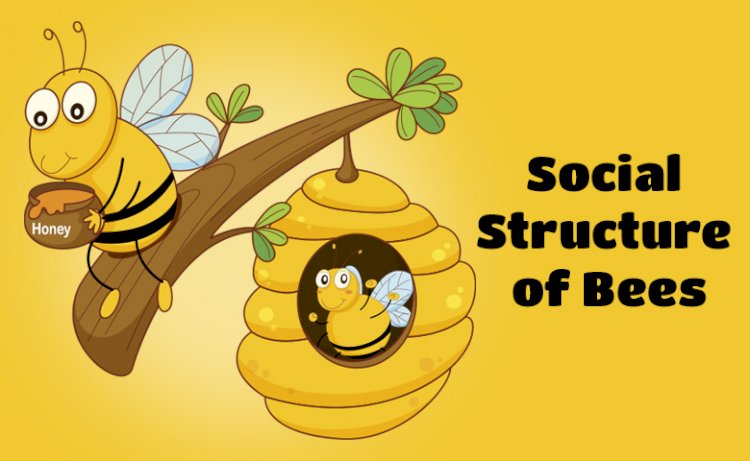What Are the Hierarchical Roles of Bees in Their Colonies?

Bees are social insects that have elaborate social structures and live in large colonies. Each bee performs a specific function within the colony, and they collaborate to carry out activities like foraging, constructing, and colony maintenance. Including the functions of the queen, workers, and drones, the social organization of bees will be discussed in this article.
the monarch bee.
The largest bee in the colony, the queen, is in charge of egg production. She is the only bee capable of reproduction, and her only job is to make sure the colony survives. A group of worker bees tend to the queen bee, grooming her and feeding her a special diet of royal jelly to keep her strong and healthy. The behavior of the other bees in the colony is largely controlled by the queen bee's potent pheromone.
Those worker bees.
Female bees who work as workers do not lay eggs. Within the colony, they carry out a variety of jobs, such as raising the young, constructing and maintaining the hive, and hunting for food. Each bee has a specific job to do, and the colony's system of labor division is extremely organized. Bees transition through a variety of jobs as they get older, with younger bees taking on responsibilities like caring for the brood and cleaning the hive while older bees become foragers.
These drone bees.
Male bees called drones are only tasked with mating with the queen. Once the breeding season is over, they are ejected from the colony and do not carry out any other functions. Drones do not gather pollen or nectar, and they lack stingers in contrast to worker bees.
Cooperating for the Common Good.
Foraging, building, and colony maintenance are just a few of the tasks that bees collaborate on in a coordinated effort. Through an intricate network of chemical and physical signals, such as vibrations, dances, and pheromones, they can communicate with one another. Bees, for instance, will waggle their bodies to signal to other bees in the colony where a food source is.
Conclusion.
Bees have a highly organized social structure, and each one has a specific job to do within the colony. The queen bee is in charge of reproduction, whereas worker bees carry out a variety of tasks like feeding and caring for the young. While drones are in charge of mating with the queen, they do not otherwise contribute to the colony's survival. Bees are able to perform incredible feats and protect their species by working together.
Author: Pooyan Ghamari
Swiss Economist with Expertise in Sociology and Technological Advancements

 content-team
content-team 


















